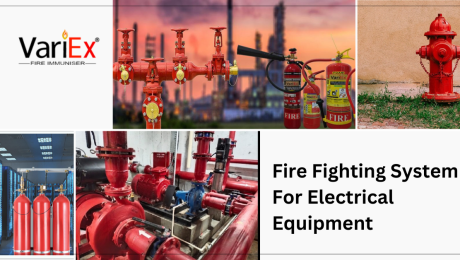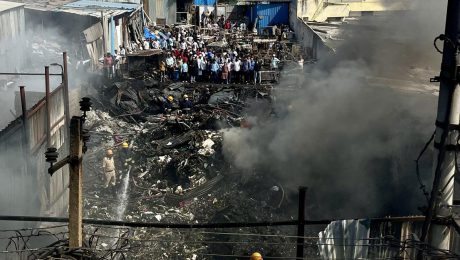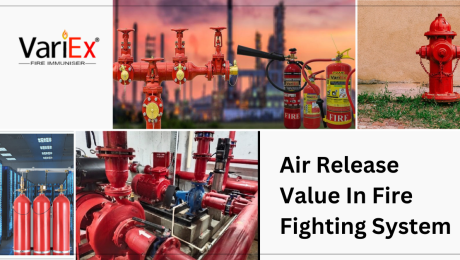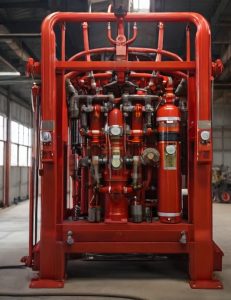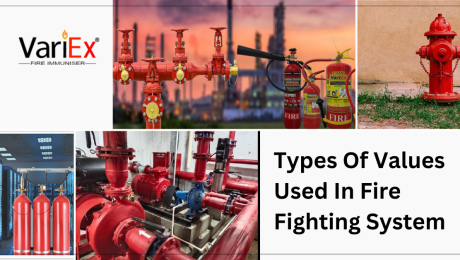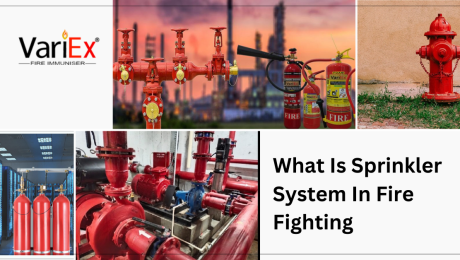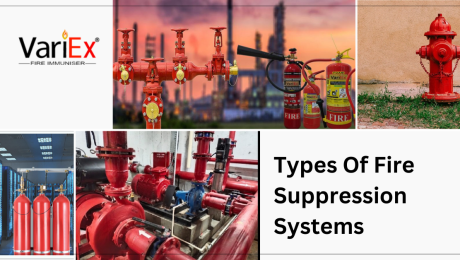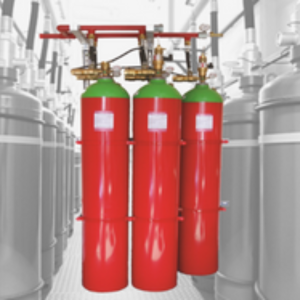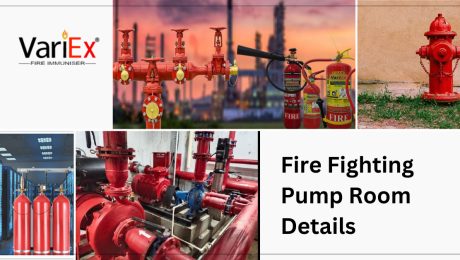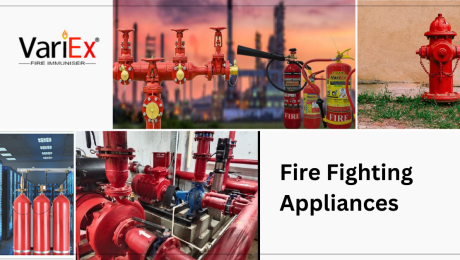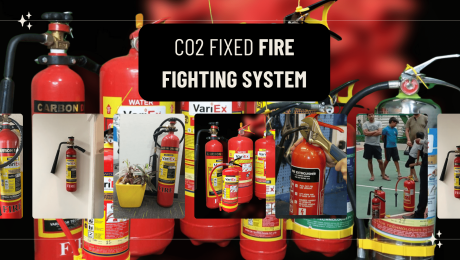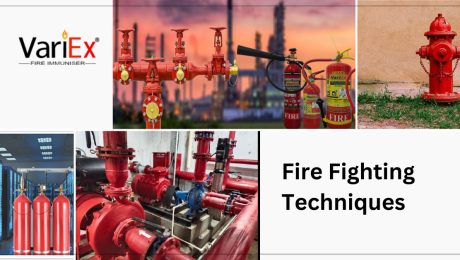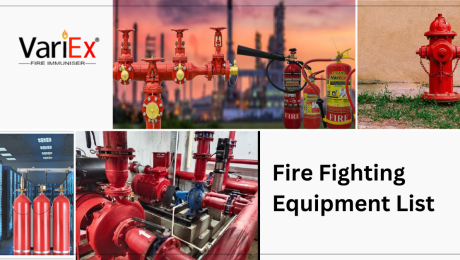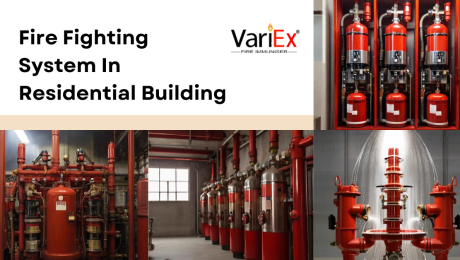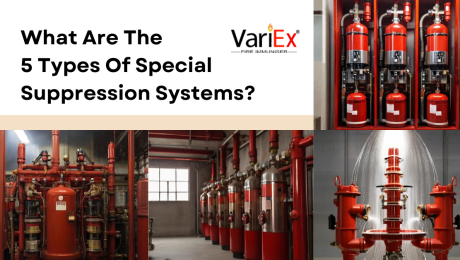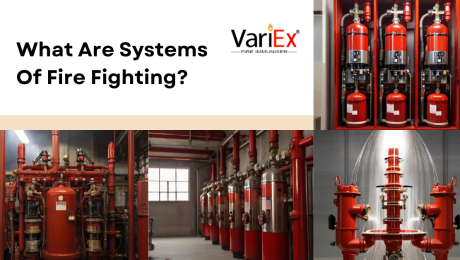Fire fighting is a heroic and essential profession dedicated to combating fires and ensuring public safety. Highly trained firefighters respond to emergencies, utilizing specialized equipment to extinguish flames, rescue individuals, and protect property. Their duties extend beyond firefighting to include medical assistance, hazardous material containment, and community education on fire prevention. Fire fighters undergo rigorous training to handle diverse scenarios, emphasizing teamwork, physical fitness, and strategic planning. Whether in urban settings or wildland environments, firefighters courageously face challenging situations to safeguard lives and property. Their commitment to public service and the relentless pursuit of safety make firefighters invaluable contributors to community well-being. As first responders, firefighters play a pivotal role in maintaining public safety and are celebrated for their bravery, resilience, and unwavering dedication to protecting communities from the devastating effects of fires.
Fire Fighting System For Electrical Equipment
Tuesday, 27 February 2024 by Sonu Shree
In today’s technologically driven world, the reliance on electrical equipment is ubiquitous, spanning industries from manufacturing plants to data centers and commercial buildings. However, alongside the convenience and efficiency these systems provide, there exists a persistent risk of electrical fires. These fires, often swift and devastating, pose significant threats to personnel safety, property integrity, and business continuity. To address this critical issue, the implementation of comprehensive fire fighting systems specifically tailored for electrical hazards is paramount.
Business fire safetyfire alarmfire alarm systemFire Alarm System for homefire extinguisherFire Extinguishersfire extinguishers in bengaluruFire FightingFire Fighting Equipment Supplierfire fighting sprinkler systemfire fighting sprinklers systemFire fighting systemfire fighting system in bengaluruFire fighting system worksFire SafetyFire Safety at HomeFire Safety at hospitalFire Safety at Workplacefire safety awarenessfire safety brandFire safety during covidfire safety equipmentfire safety equipment for schoolFire safety equipmentsfixed fire fighting system
- Published in CO2 Fire Extinguisher, Fire Alarm, Fire Extinguisher, Fire Fighting System, Fire Safety Equipment, Fire Suppression
No Comments
Bengaluru’s Gangondanahalli Parking Lot Fire: Why?
Saturday, 24 February 2024 by Sonu Shree
A fire erupted on the premises of a plastic waste shredder unit at Gangondanahalli, near Nayandahalli in Bengaluru, early Friday morning. The incident resulted in the destruction of at least 26 autorickshaws and one car. Despite the intensity of the blaze, fortunately, no injuries were reported.
The plastic waste shredder unit, owned by Rizwan, also served as a parking area for autorickshaws. This dual function of the premises heightened the impact of the fire, engulfing multiple vehicles.
- Published in Fire Extinguisher
Air Release Value In Fire Fighting System
Thursday, 22 February 2024 by Sonu Shree
In the realm of fire safety, every component of a fire fighting system plays a crucial role in ensuring effective operation. Among these components, air release valves hold particular importance, facilitating the efficient performance of fire suppression systems. This article delves into the significance of air release valves in fire fighting systems, exploring their functionality, benefits, and key considerations.
Understanding Air Release Valves: Air release valves are integral components of fire fighting systems, designed to automatically release trapped air from pipelines. Trapped air can hinder the flow of water within the system, compromising its ability to suppress fires effectively. Air release valves prevent the accumulation of air pockets by allowing trapped air to escape, ensuring uninterrupted water flow and optimal system performance.
- Published in Fire Fighting System
Types Of Valves Used In Fire Fighting System
Thursday, 22 February 2024 by Sonu Shree
In the realm of fire safety, the effectiveness of fire fighting systems relies heavily on the proper functioning of various valves. These valves play a critical role in controlling the flow of water, directing it to the areas where it’s needed most during fire suppression efforts. This article delves into the different types of valves used in fire fighting systems, highlighting their functions and importance in ensuring swift and effective response to fires.
abc fire extinguisherfire alarmfire alarm systemFire Alarm System for homefire extinguisherFire ExtinguishersFire Extinguishers GasFire FightingFire fighting systemfire fighting system in bengaluruFire SafetyFire Safety at HomeFire Safety at hospitalFire Safety at Workplacefire safety awarenessfire safety brandfire safety equipmentFire safety equipmentsFire suppression
What Is Sprinkler System In Fire Fighting
Thursday, 22 February 2024 by Sonu Shree
In the realm of fire safety, sprinkler systems stand as a cornerstone of defense against the devastating effects of fires. These systems play a crucial role in swiftly detecting, containing, and extinguishing fires, thereby safeguarding lives and property. This article delves into the intricacies of sprinkler systems in fire fighting, exploring their components, functionality, and importance.
- Published in Fire Fighting System
Types Of Fire Suppression Systems
Thursday, 22 February 2024 by Sonu Shree
Fire suppression systems play a critical role in safeguarding lives and property by swiftly controlling or extinguishing fires. With diverse environments and fire hazards, various types of fire suppression systems have been developed to address specific needs. This comprehensive guide delves deeper into the different types of fire suppression systems and their applications.
Water-Based Fire Suppression Systems:
- Wet Pipe Sprinkler Systems: Utilizing water as the extinguishing agent, wet pipe sprinkler systems feature pipes filled with pressurized water connected to sprinkler heads. These heads are activated by heat, releasing water directly onto the fire. Commonly found in residential, commercial, and industrial settings, wet pipe systems are reliable and effective for a wide range of fire hazards.
- Deluge Systems: Deluge systems are designed for high-hazard environments where rapid fire spread is a concern. Unlike traditional sprinkler systems, deluge systems employ open sprinkler heads that discharge water simultaneously upon detection of fire or manual activation. They are commonly used in facilities with highly flammable materials, such as chemical plants and power stations.
- Pre-action Systems: Pre-action systems incorporate elements of both wet and dry pipe systems. Water is held back by a valve until a fire detection system signals the need for suppression. Once activated, water flows into the pipes and is discharged through sprinklers. Pre-action systems are ideal for areas where accidental water discharge could cause significant damage, such as data centers, museums, and libraries.
- Published in Fire Fighting System
Basic Fire Fighting Training
Thursday, 22 February 2024 by Sonu Shree
- Published in Fire Fighting System
Fire Fighting Pump Room Details
Thursday, 22 February 2024 by Sonu Shree
A fire fighting pump room is a critical component of any fire protection system, responsible for ensuring adequate water supply to fight fires effectively. In this brief guide, we will delve into the essential details of fire fighting pump rooms, including their design, components, and importance in safeguarding lives and property.
1. Design of Fire Fighting Pump Rooms:
- Fire fighting pump rooms are typically designed to house various components necessary for water distribution during fire emergencies. The design considerations include factors such as space requirements, accessibility, and proximity to water sources.
2. Components of Fire Fighting Pump Rooms:
- Fire fighting pump rooms contain several key components, including:
- Fire pumps: These pumps are responsible for drawing water from a water source, such as a tank or municipal supply, and distributing it to fire suppression systems.
- Controllers: Control panels or devices monitor and regulate the operation of fire pumps, ensuring they activate automatically during fire emergencies.
- Valves: Valves control the flow of water within the pump room and throughout the fire protection system, allowing for isolation of sections or zones as needed.
- Pipes and fittings: Pipes and fittings distribute water from the fire pumps to sprinkler systems, hydrants, standpipes, and other fire suppression equipment.
- Published in Fire Fighting System
Fire Fighting Appliances
Thursday, 22 February 2024 by Sonu Shree
- Published in Fire Fighting System
Co2 Fixed Fire Fighting System
Thursday, 22 February 2024 by Sonu Shree
CO2 fixed fire fighting systems are vital components of fire protection strategies in various industries and facilities. These systems utilize carbon dioxide (CO2) to suppress fires quickly and effectively, making them suitable for use in environments where water-based suppression methods may be impractical or hazardous. In this article, we’ll delve into the details of CO2 fixed fire fighting systems, including their components, operation, benefits, and considerations for implementation.
- Published in Fire Fighting System
Fire Fighting Techniques
Thursday, 22 February 2024 by Sonu Shree
- Published in Fire Fighting System
Fire Fighting Equipment List
Thursday, 22 February 2024 by Sonu Shree
- Published in Fire Fighting System
Fire Fighting System In Residential Building
Monday, 12 February 2024 by Sonu Shree
A fire fighting system is an essential component in any residential building, aiming to ensure the safety and protection of its occupants. These systems are designed to detect and control fires in their early stages, preventing them from spreading and causing extensive damage. The two main components of a fire fighting system in a residential building are the fire alarm system and the sprinkler system. The fire alarm system consists of smoke detectors and fire alarms strategically placed throughout the building, promptly notifying occupants of the presence of fire. On the other hand, the sprinkler system activates when heat from a fire is detected, releasing water to extinguish the fire and control the spread of flames. With a reliable fire fighting system in place, residents can have peace of mind, knowing that their safety is prioritized in the event of a fire emergency.
- Published in Fire Fighting System
What Are The 5 Types Of Special Suppression Systems?
Monday, 12 February 2024 by Sonu Shree
There are five key types of special suppression systems that are commonly used in various industries and settings. The first type is the foam suppression system, which utilizes foam agents to suppress fires by smothering the flames and preventing oxygen from reaching them. The second type is the carbon dioxide suppression system, which works by displacing the oxygen in the air, effectively starving the fire. The third type is the clean agent suppression system, which uses special gases, such as halon or FM-200, to extinguish fires without leaving any residue behind. The fourth type is the water mist suppression system, which releases a fine mist of water droplets that cool down the fire and prevent it from spreading. Lastly, the dry chemical suppression system utilizes dry chemicals, like potassium bicarbonate or monoammonium phosphate, to interrupt the chemical reaction of the fire. Each of these suppression systems provides unique advantages and is designed to effectively combat different types of fires.
- Published in Fire Fighting System
What Are Systems Of Fire Fighting?
Monday, 12 February 2024 by Sonu Shree
Firefighting systems are crucial for ensuring the safety and protection of lives and properties from the devastating effects of fires. These systems are designed to detect, control, and extinguish fires effectively in various settings. The key components of a fire fighting system typically include fire alarm and detection systems, fire suppression systems, and fire hydrant systems. Fire alarm and detection systems utilize state-of-the-art technology to identify the presence of smoke, heat, or flames, promptly alerting occupants and initiating appropriate measures. Fire suppression systems employ different methods such as water-based sprinklers, foam systems, or gas systems to rapidly douse or smother the fire. Fire hydrant systems provide access to adequate water supply for firefighting operations. Overall, these systems work in tandem to swiftly respond to fires, minimizing their impact and ensuring safety in residential, commercial, and industrial settings.
- Published in Fire Fighting System


